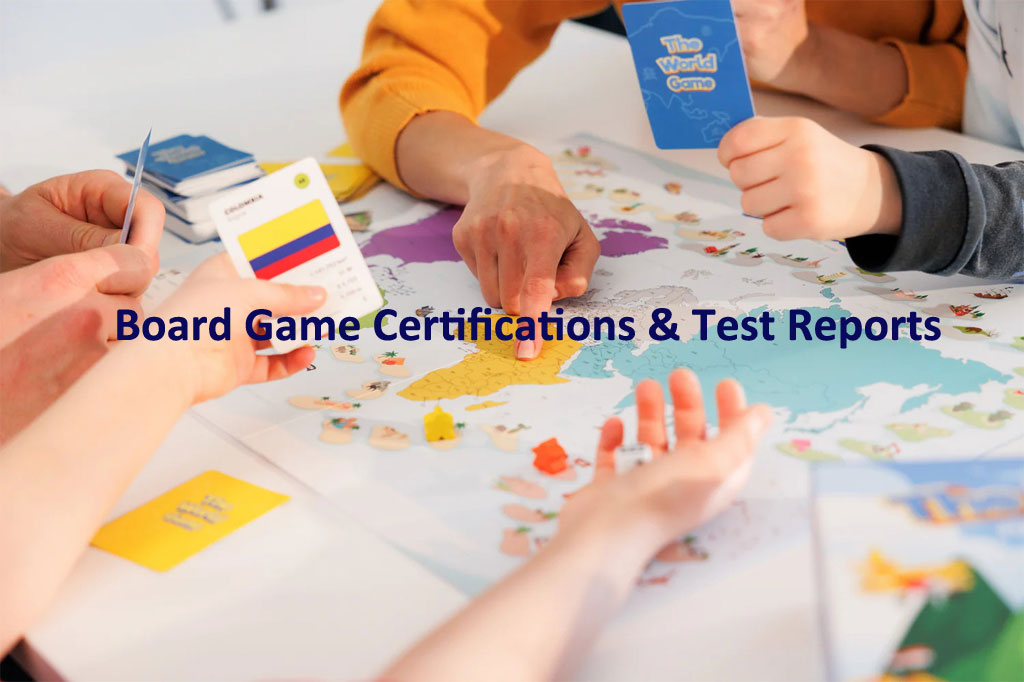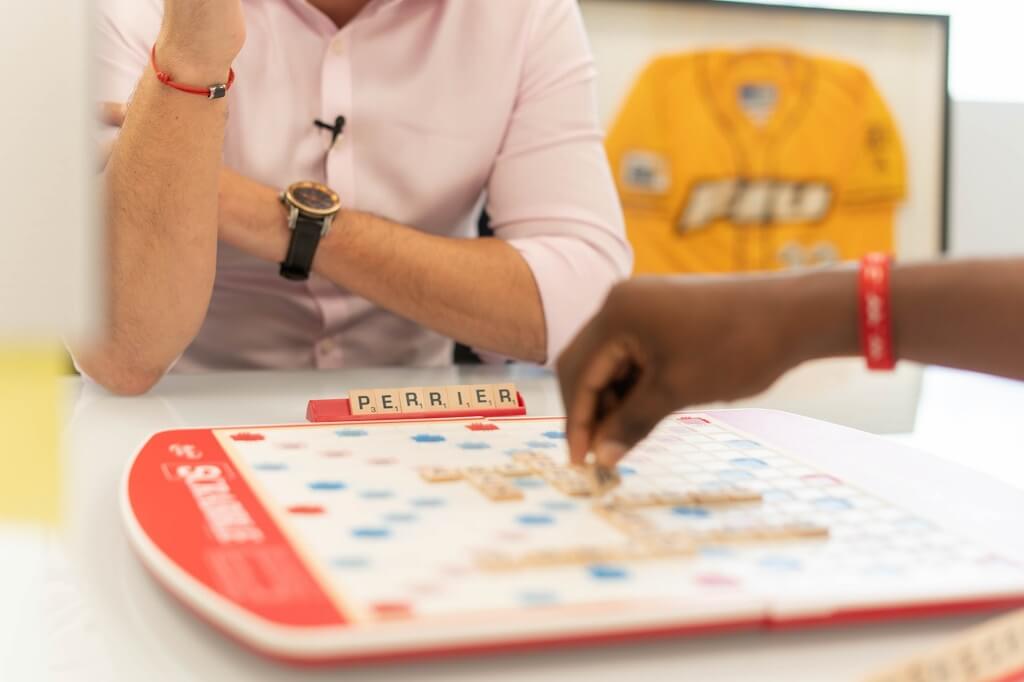Creating a board game is an exciting adventure, but it also comes with important responsibilities, particularly when it comes to ensuring the safety and quality of the product.
Whether you’re a new designer or an established manufacturer, understanding the certifications and test reports required for your board game is essential for both regulatory compliance and customer confidence.
In this article, we will discuss the key certifications and test reports that are important for board games and why they matter.
Table of Contents
1. EN71 Certification (European Union)
The EN71 standard is a critical certification for any toy, including board games, sold within the European Union. It is designed to ensure that toys are safe for children and free from hazardous substances or potential risks. EN71 has several parts, but the most relevant to board games are:
- EN71-1: Mechanical and Physical Properties – This includes tests to check the game’s physical safety features, like the sharpness of game pieces or the strength of the game board.
- EN71-2: Flammability – Ensures that materials used in the game do not easily catch fire or pose a risk of burns.
- EN71-3: Migration of Certain Elements – This tests whether any potentially toxic elements, such as heavy metals, leach from the materials (plastic, paper, etc.) used in the game.
This certification is a legal requirement if you’re planning to sell your game in the EU, and it helps ensure that your board game is safe for its target audience, especially young children.
2. ASTM F963 Certification (USA)
For the United States, ASTM F963 is the standard for toy safety, overseen by ASTM International. Similar to EN71, it ensures that board games meet essential safety criteria. The most relevant sections include:
- Physical & Mechanical Properties: The same as EN71, focusing on choking hazards, sharp edges, and durability.
- Flammability: Ensures that the materials used in your board game are flame-retardant or pose no significant fire risk.
- Toxicology: Tests for harmful substances, particularly in materials like paints, plastics, and inks, ensuring that they’re non-toxic for children.
To legally sell your board game in the U.S., you must adhere to ASTM F963. If your game includes any parts for children under 12, the certification is mandatory.
3. CPSIA Testing (Consumer Product Safety Improvement Act – USA)
Under the CPSIA, all children’s products sold in the U.S. must comply with rigorous safety standards. For board games, this involves testing for lead content and phthalates (a type of plasticizer often found in PVC).
- Lead Content Test: This ensures that no more than the legal limit of lead is present in your game’s materials. This test applies to all components of the game (such as cards, tokens, and packaging).
- Phthalates Test: Assesses whether your game contains any phthalates, which are restricted for children’s products due to their potential health risks.
CPSIA compliance includes testing by an accredited laboratory and provides a certificate of compliance that must accompany your product during shipping.
4. CE Marking (for European Market)
The CE Mark indicates that your board game meets all required EU health, safety, and environmental protection standards. While not a specific safety test, it signifies that the game conforms to all applicable EU regulations.
For board games, CE marking is mostly a result of meeting EN71 and other relevant directives. It’s a declaration that your product has undergone the necessary testing and can be legally sold within the European Economic Area (EEA).
5. REACH Compliance (Europe)
The REACH Regulation (Registration, Evaluation, Authorization, and Restriction of Chemicals) governs all products sold in the EU, including board games. REACH ensures that chemicals used in the manufacture of products do not harm people or the environment.
For board games, this means ensuring that none of the chemicals used in the production of plastics, inks, or other materials pose risks to health or the environment. Testing and documentation are necessary to show REACH compliance.
6. ISO 8124 (International)
ISO 8124 is an international standard for toy safety, similar to ASTM F963 and EN71. While it’s not mandatory, many manufacturers and retailers prefer to adhere to ISO 8124 because it helps establish credibility and ensures a broader global market acceptance.
This standard addresses various safety factors, including the toxicity of materials, potential physical hazards, and flammability. If you plan on exporting your game worldwide, ensuring that your product adheres to this international standard can improve your credibility and expand your market reach.
7. Declaration of Conformity (DoC)
A Declaration of Conformity is a formal statement issued by the manufacturer that asserts the board game complies with all applicable regulatory requirements, including EN71, ASTM F963, and CPSIA, depending on the market.
This document is often requested by retailers and regulatory bodies, confirming that all necessary tests have been conducted and your product meets safety standards. It may also need to be filed with local authorities or customs departments, especially for international shipments.




